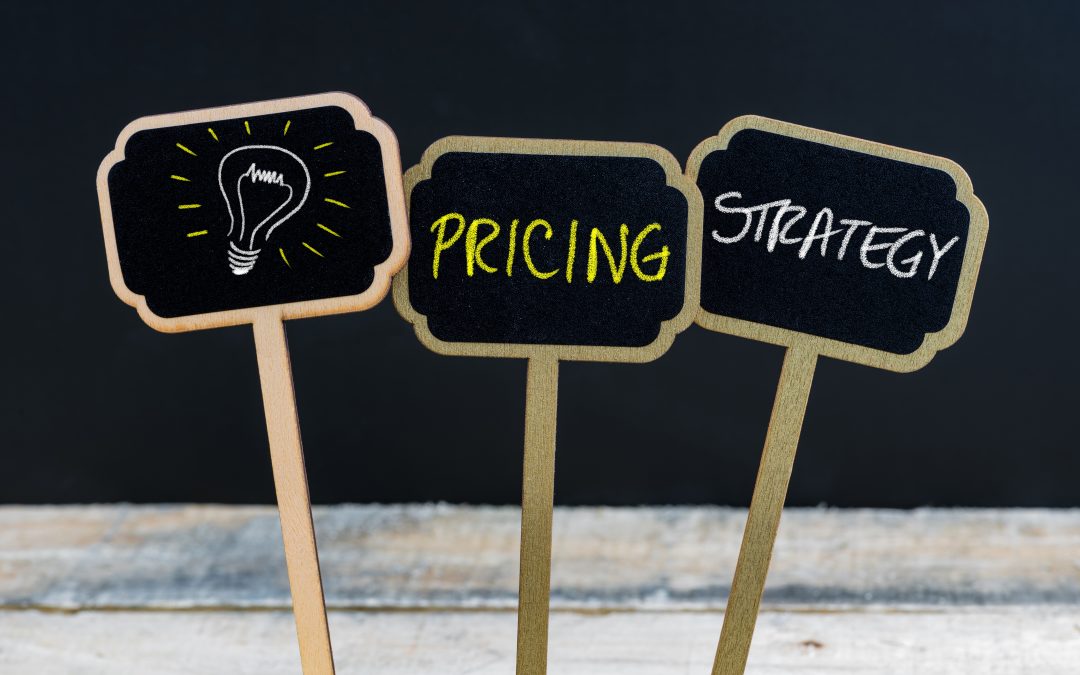As an emerging artist, it can be hard to find a pricing structure you are comfortable with. Selling your artwork for a price too low undervalues the time and effort you’ve taken while selling your art for a price that’s too high could result in fewer sales and artwork piling up. Keep the following rules in mind when pricing your work, and if you would like to learn about pricing formulas take a look through other articles in this section.
- Do Your Research & Price Accordingly.
Understanding the market your artwork falls into and how similar artists charge for their pieces helps you price yours within the correct bracket. Take time to visit galleries, exhibitions and art fairs, look online to find similar artists and then evaluate their work honestly in comparison to yours. As well as looking at style, medium, materials and size, research their experience, achievements and geographical location. You will be able to see a pattern emerging which you can then use to guide your pricing and future sales targets.
- Give Yourself A Living Wage.
It is important to give yourself a wage that represents the effort and skills that you have as well as the additional costs such as material, equipment and studio space. When starting your art career, it can be daunting to attach a monetary value to your time, the Scottish Artist Union suggests a new graduate artist should pay themselves an hourly rate of £22.25 which increases over time. Be conscientious of the time each piece takes you, record the information and include the additional costs previously mentioned to ensure you don’t undersell your artwork.
- Price Factually Rather Than Pricing With Your Emotions.
When pricing your artwork, it is easy to let your personal feelings about a piece blur its actual value. Often you will have pieces you like more than others; however, you should price your work like any other product. If a piece of work is particularly special to you, don’t feel pressure to sell it, keep it for your own permanent collection. Speaking to buyers and collectors you need to be able to give objective reasoning for its price tag, including costs of materials, the time it has taken to produce, and artistic experience. This will give the body of work you produce a solid foundation, that can be tweaked as you become more prominent within the art world or if the costs of materials increase.
- Price Your Artwork At Multiple Price Points.
By having multiple price points for your artwork, you make your pieces more accessible to new art collectors, younger buyers, and less affluent buyers. Not everyone has the resources to buy a piece that costs thousands however in the future they might return to you for more expensive pieces. More people having your artwork leads to more exposure, in turn creating more demand for your artwork and a higher chance of others buying from you. Multiple price points also give you more security while undertaking events. If there isn’t a buyer in the room for your piece that costs £2000 then perhaps four buyers will spend £500 each and as a result, you’ve covered your event costs.
